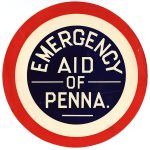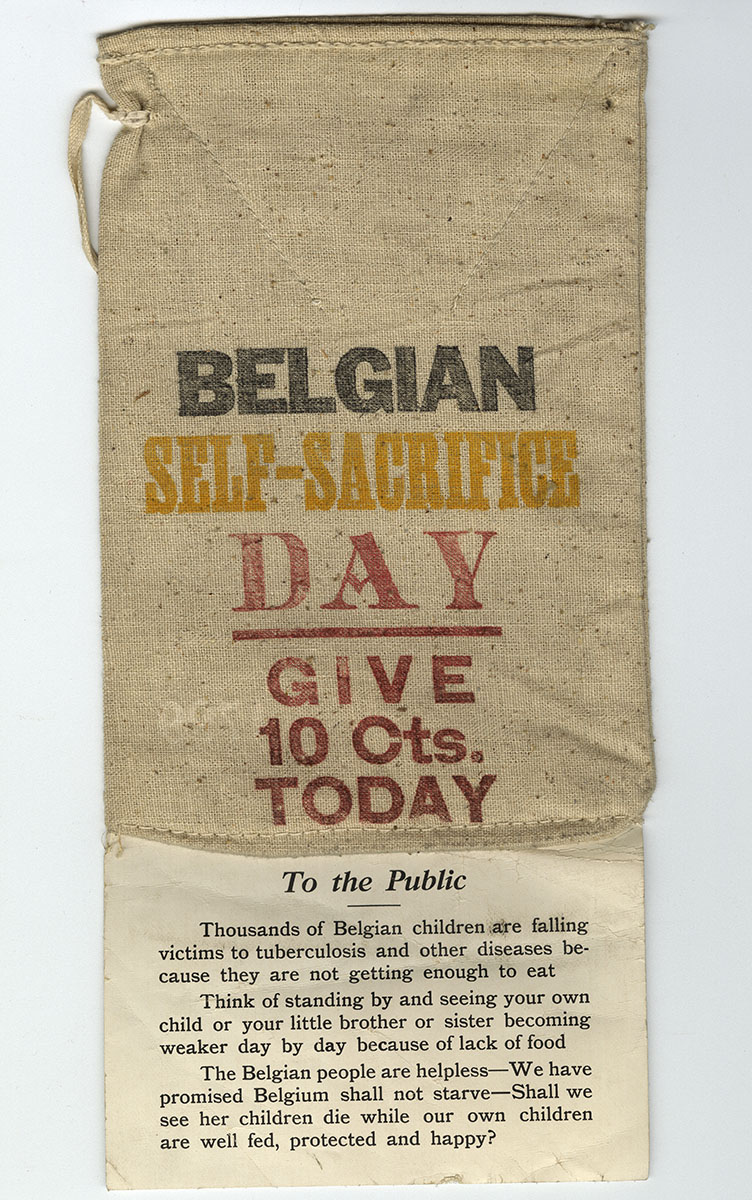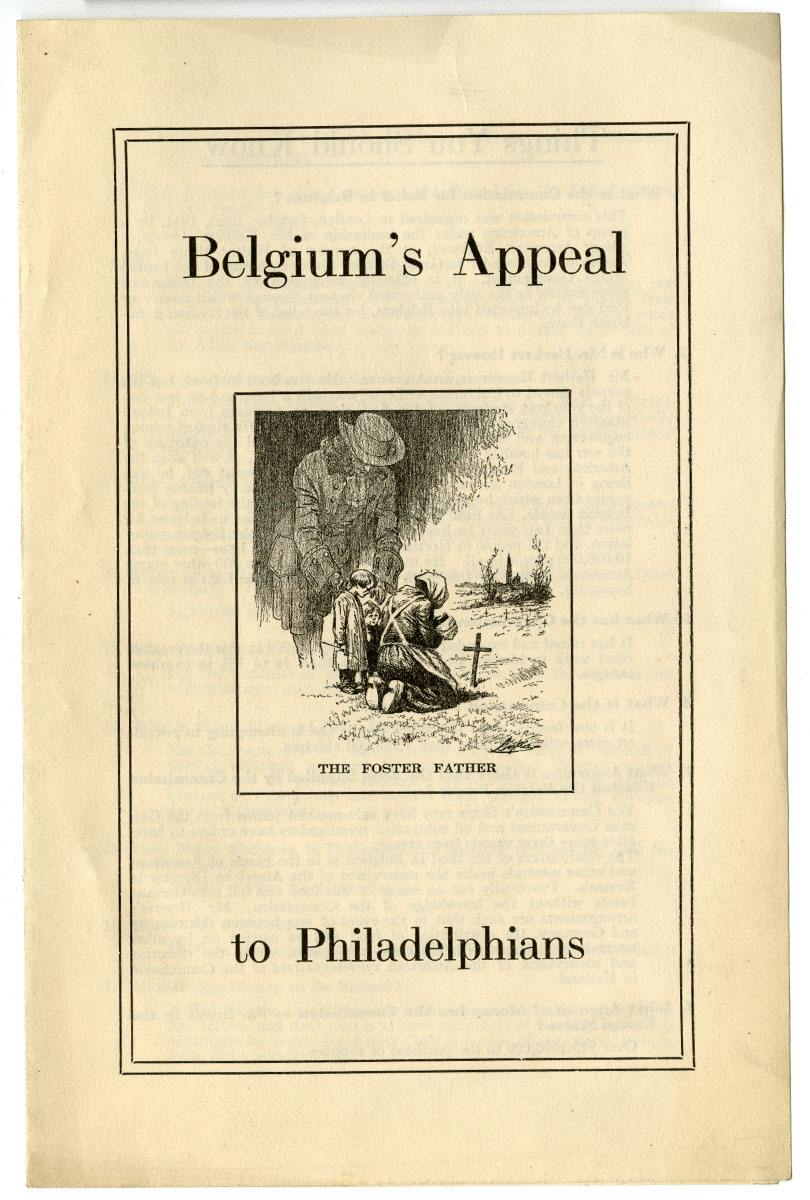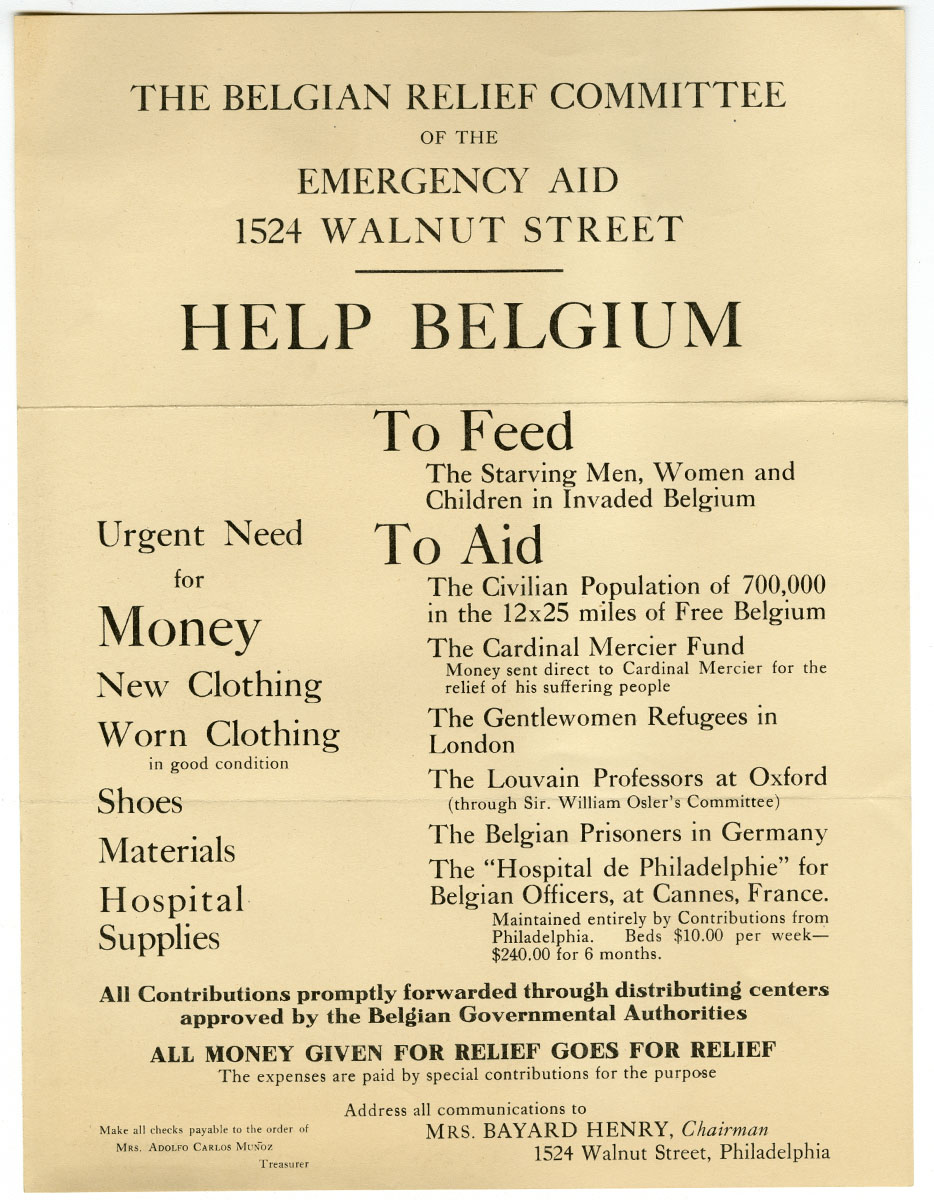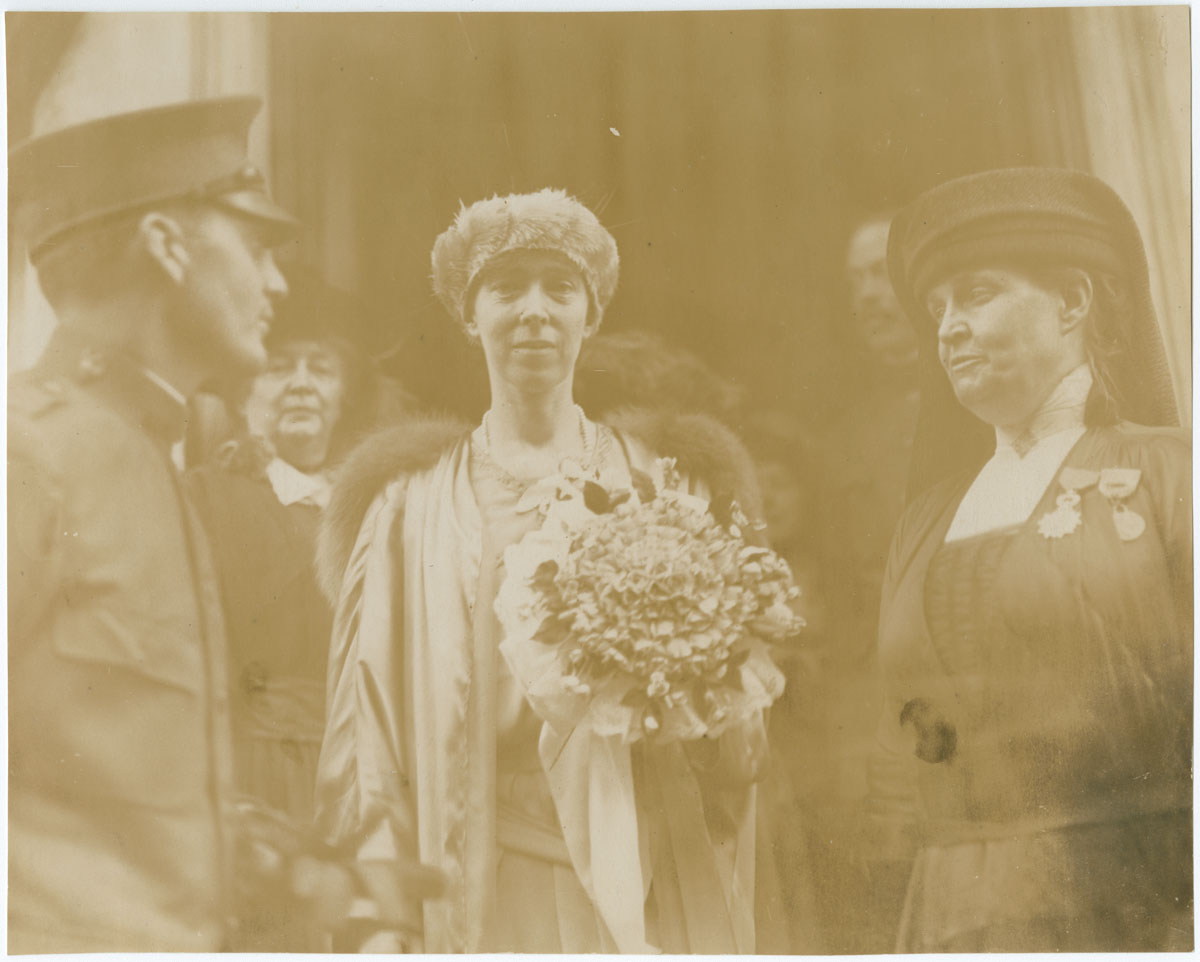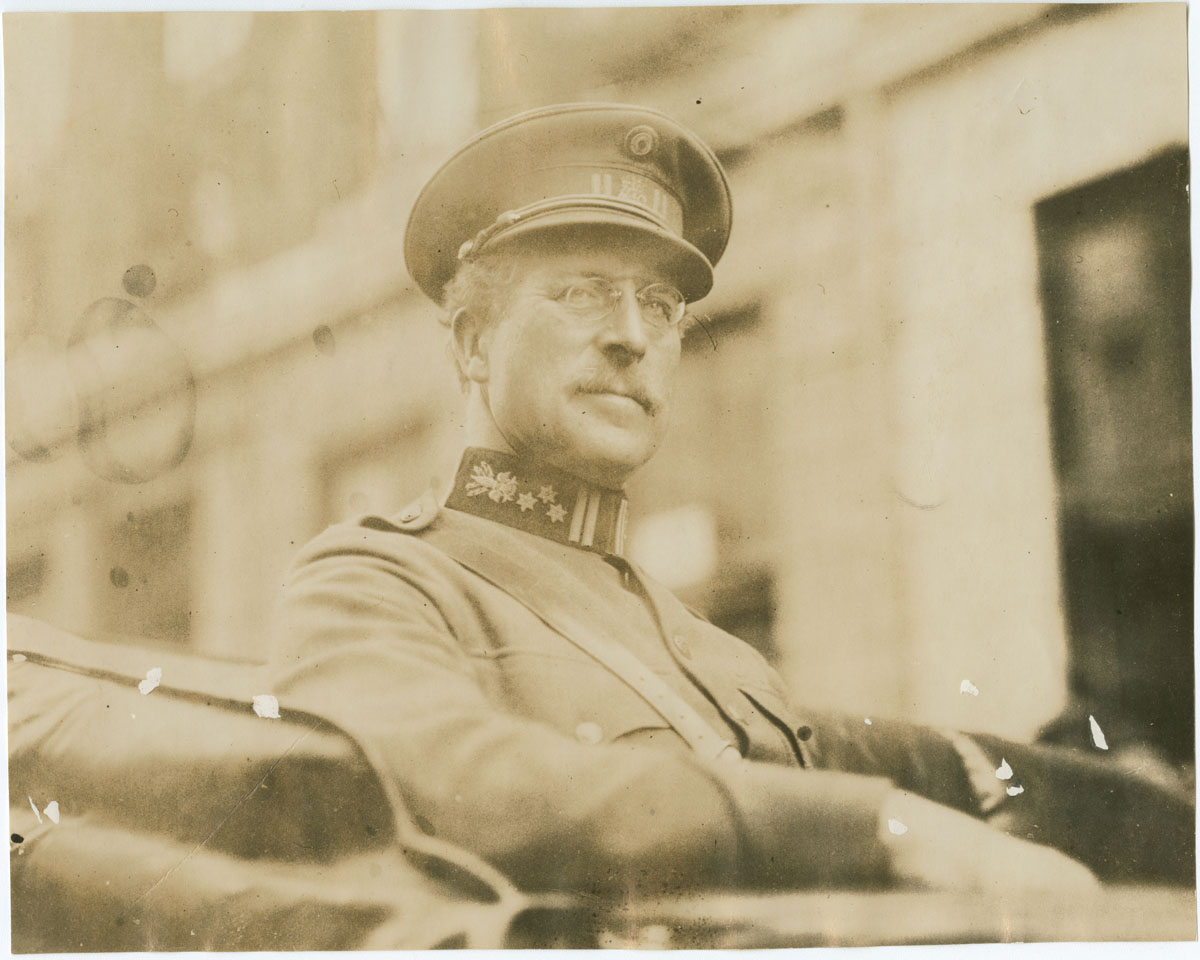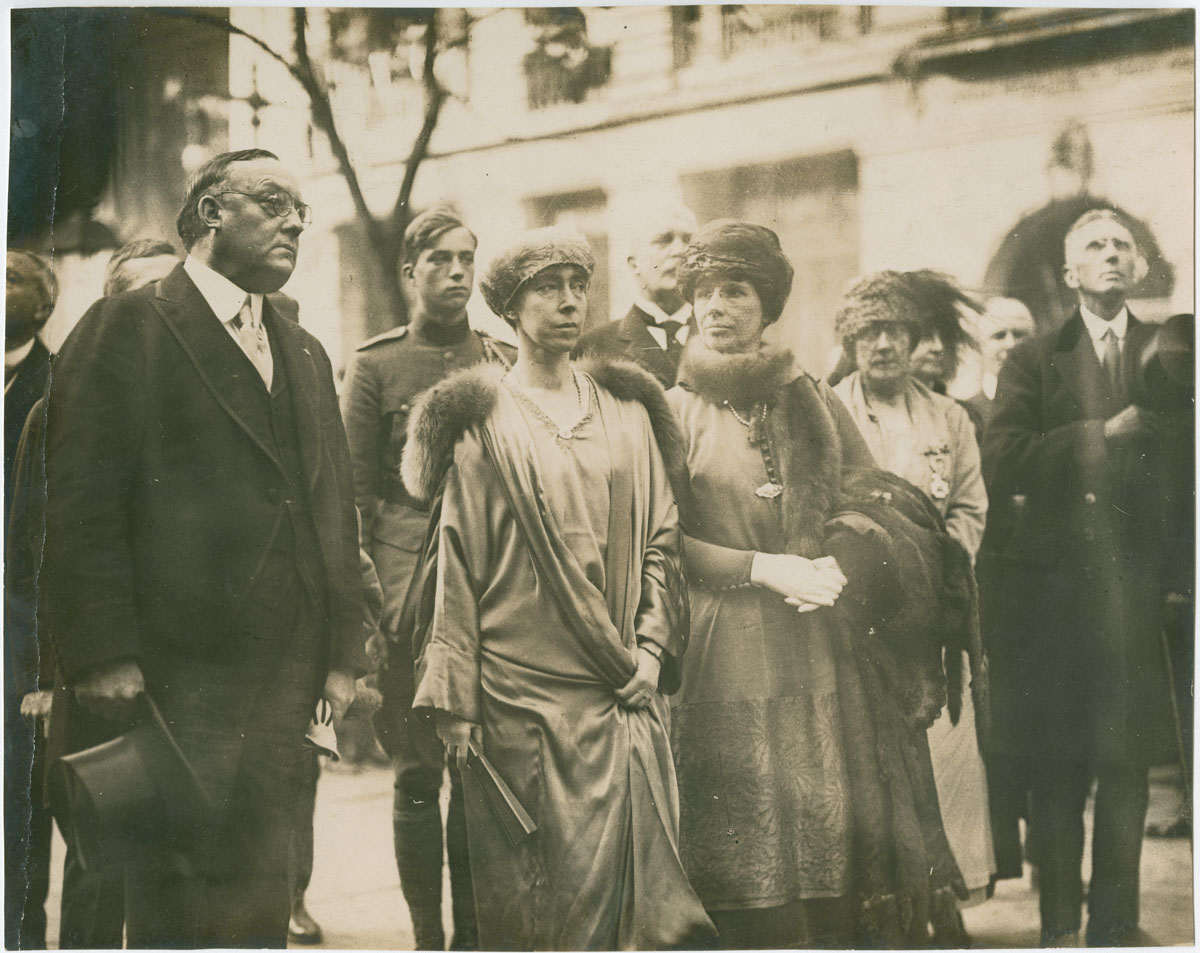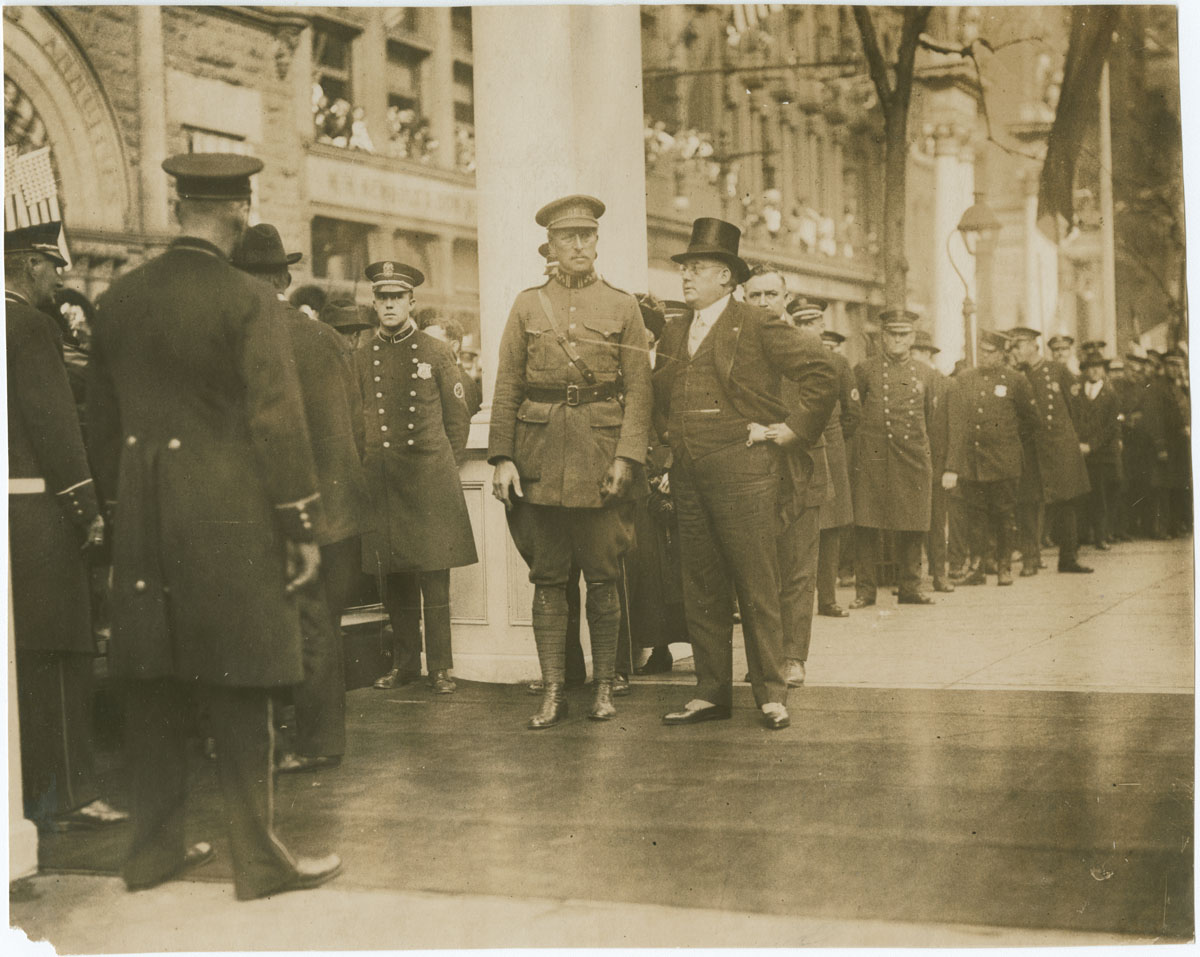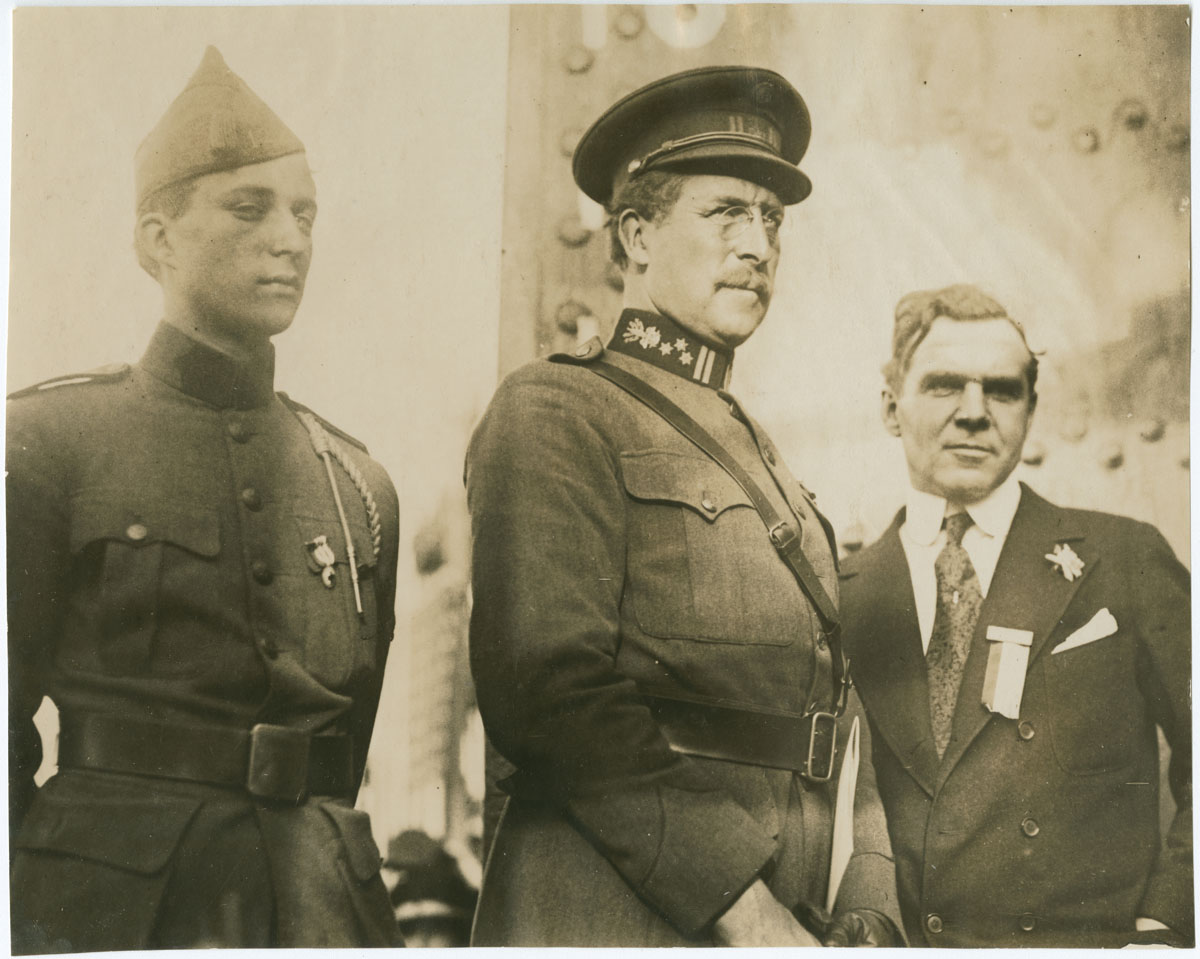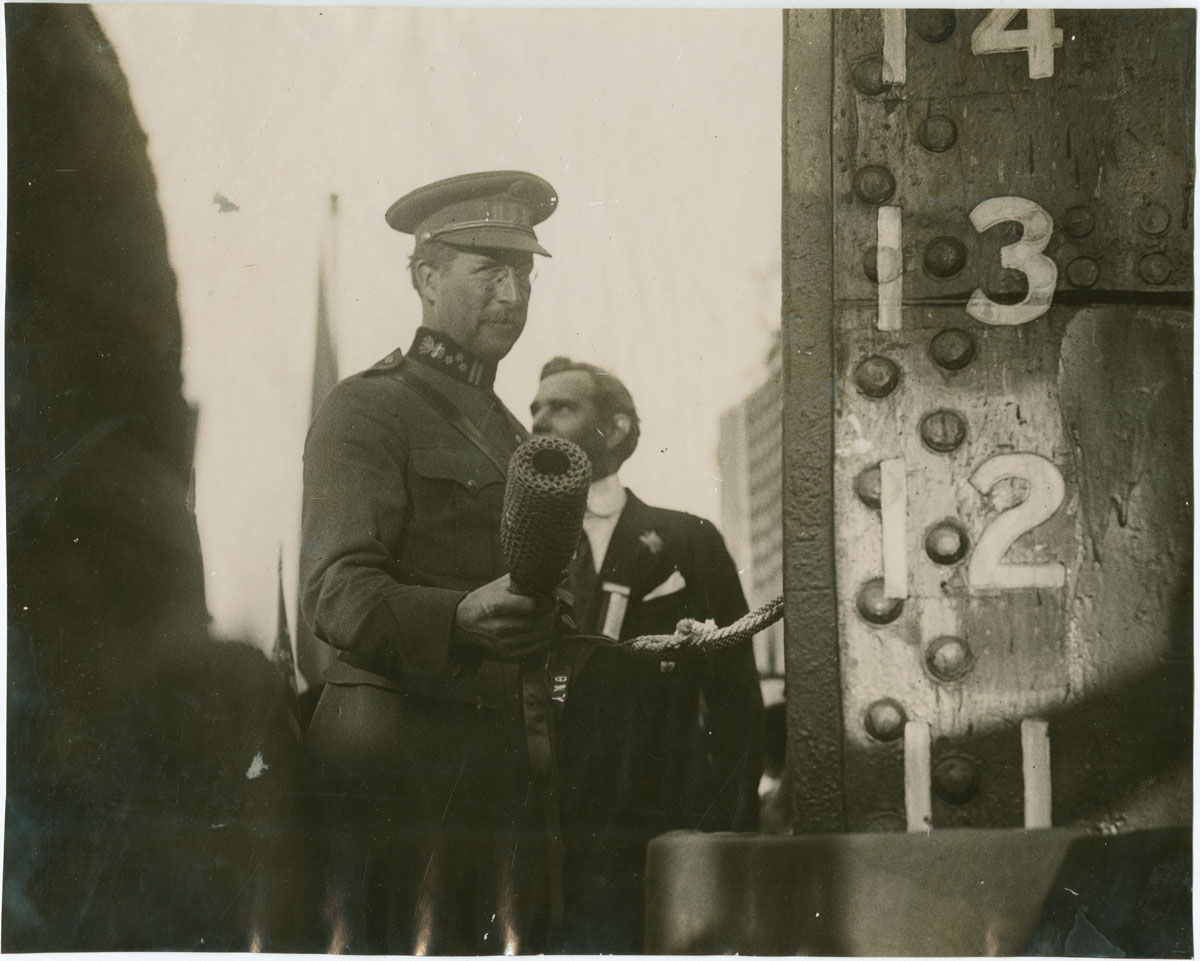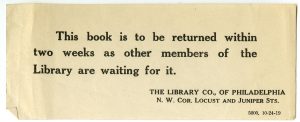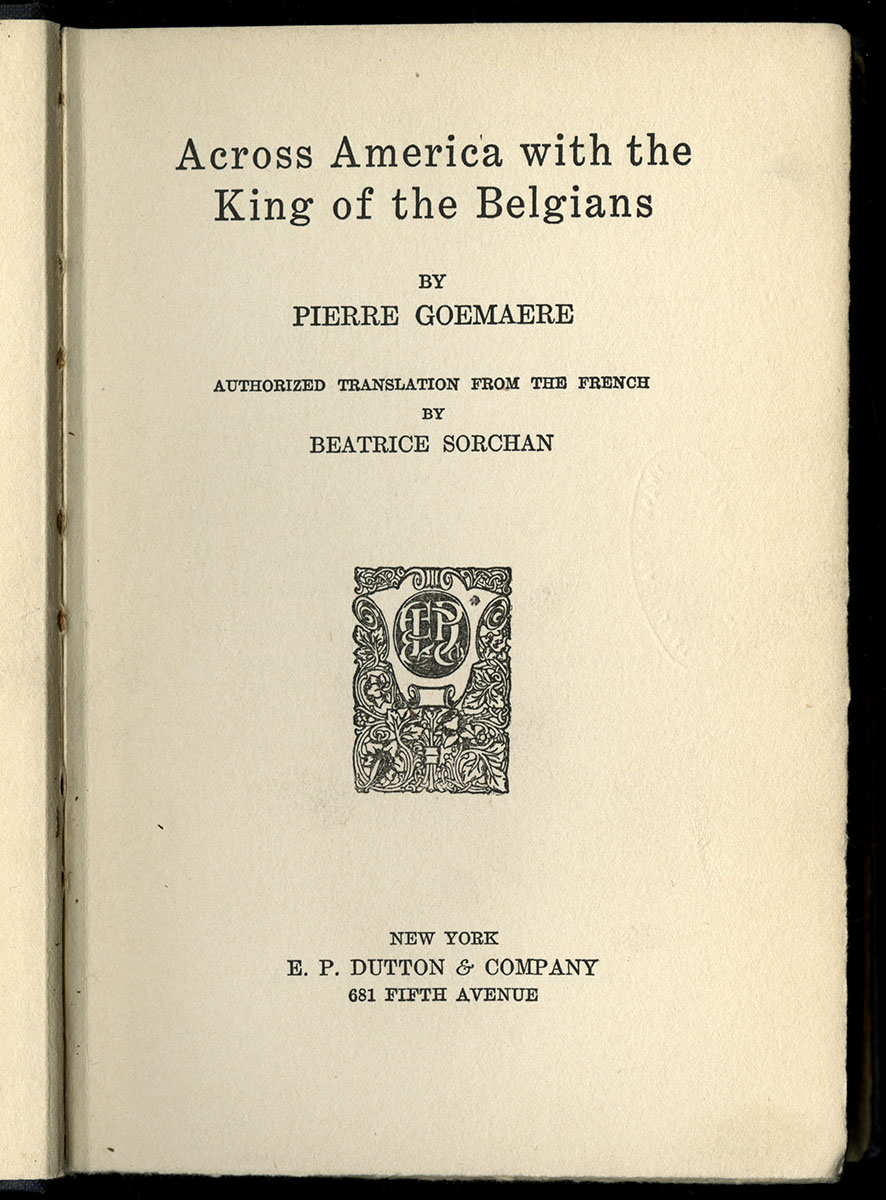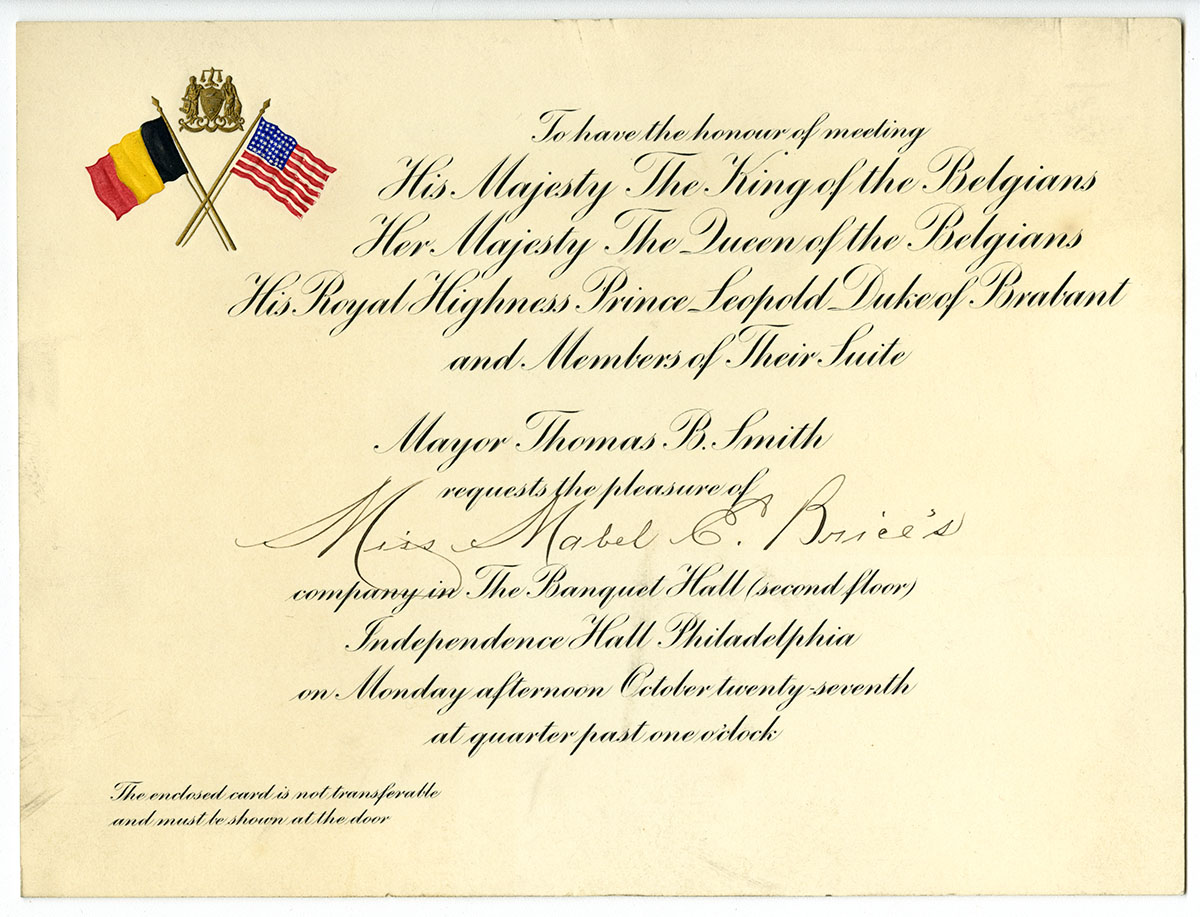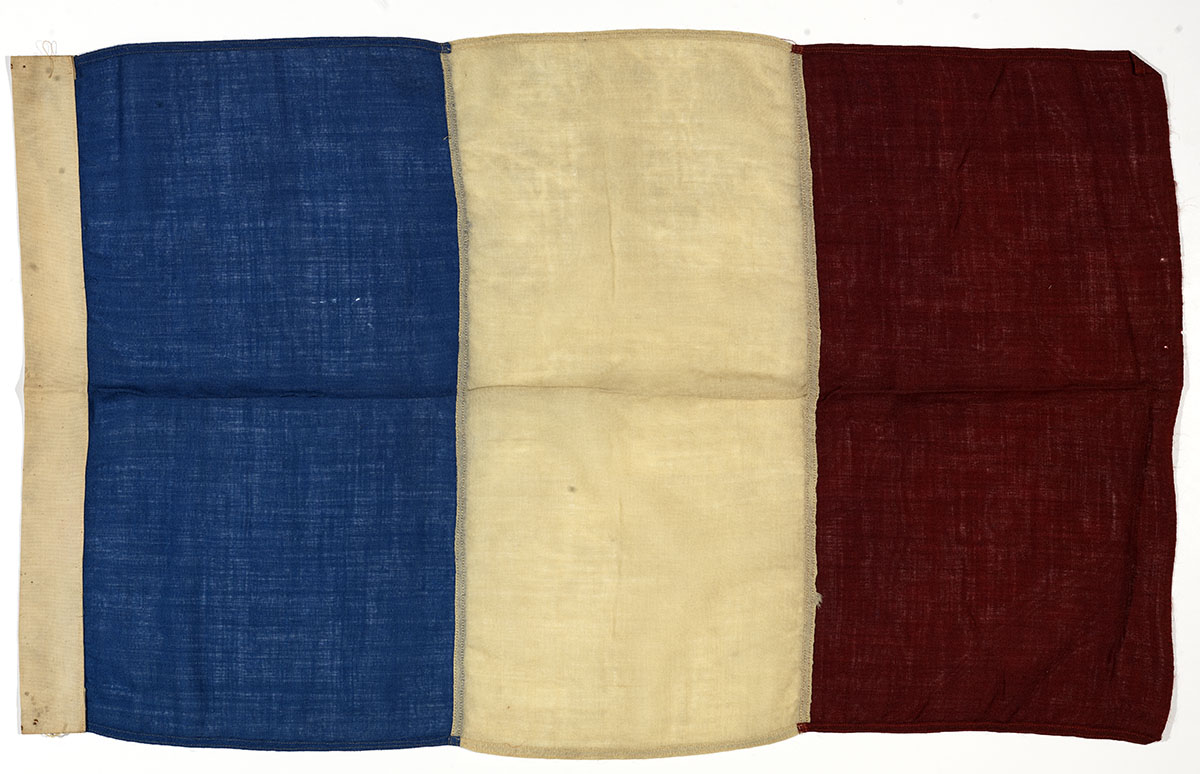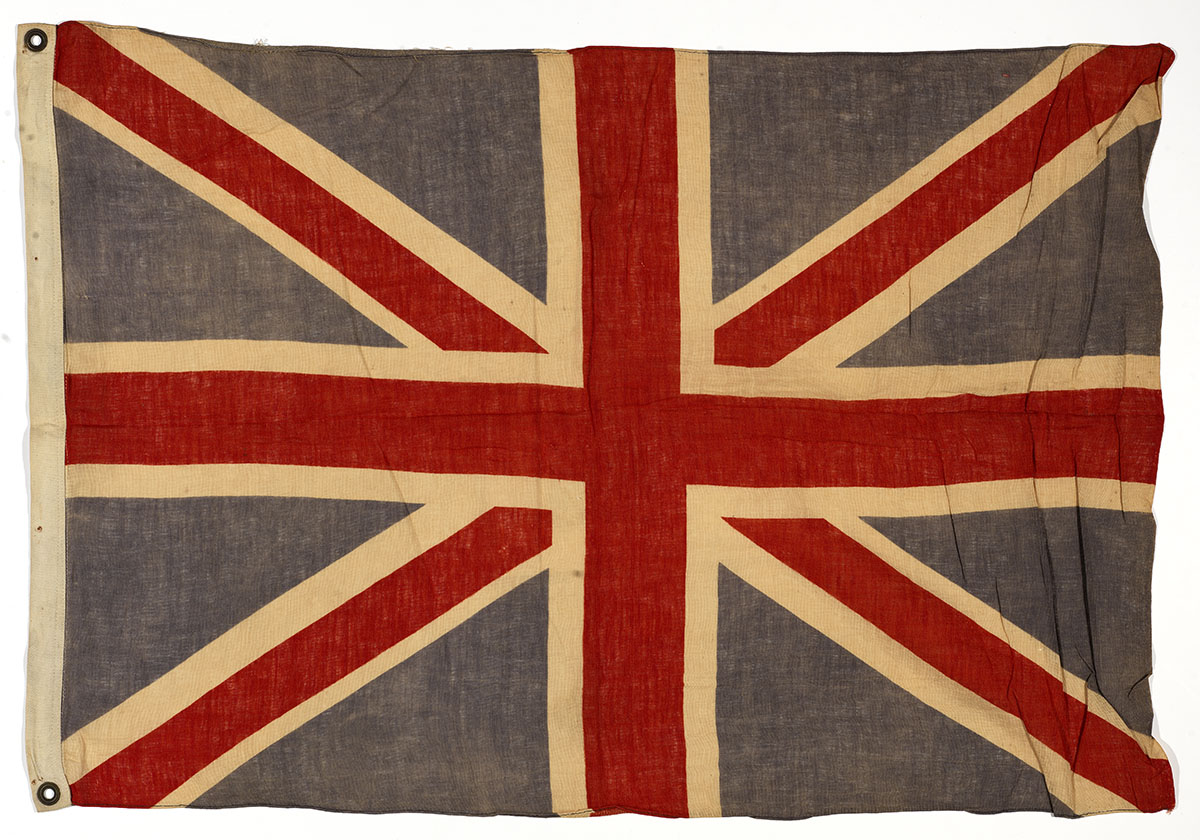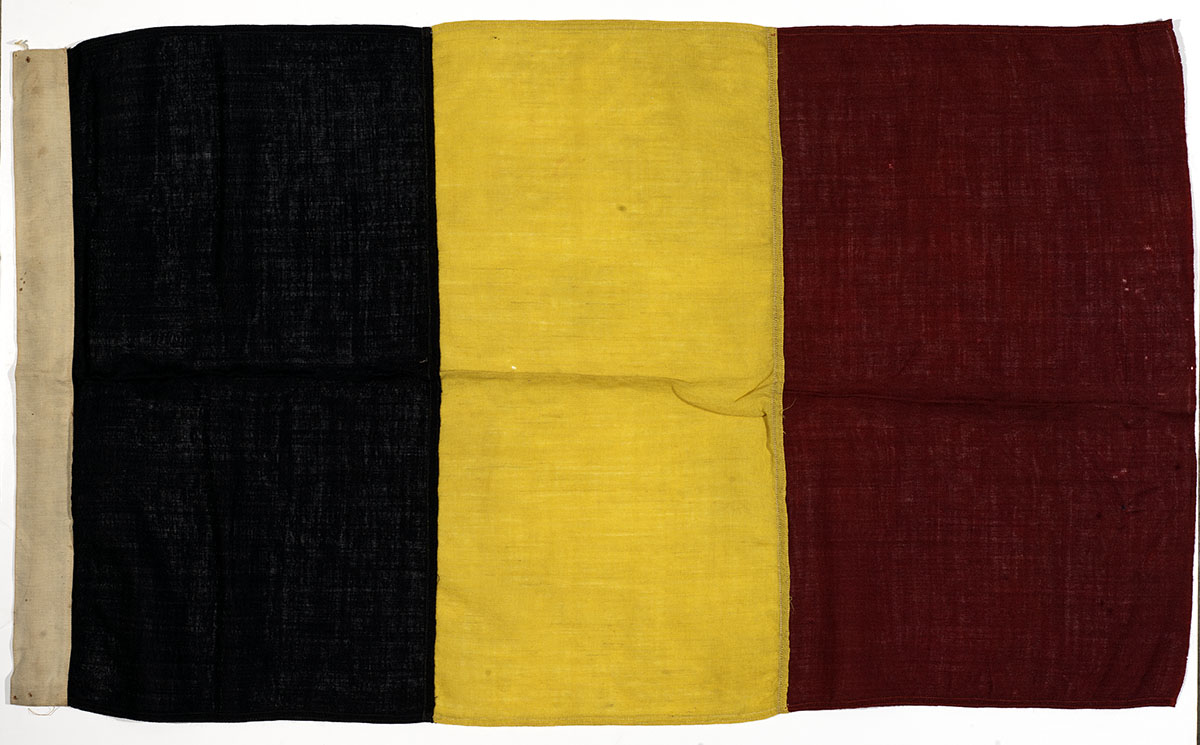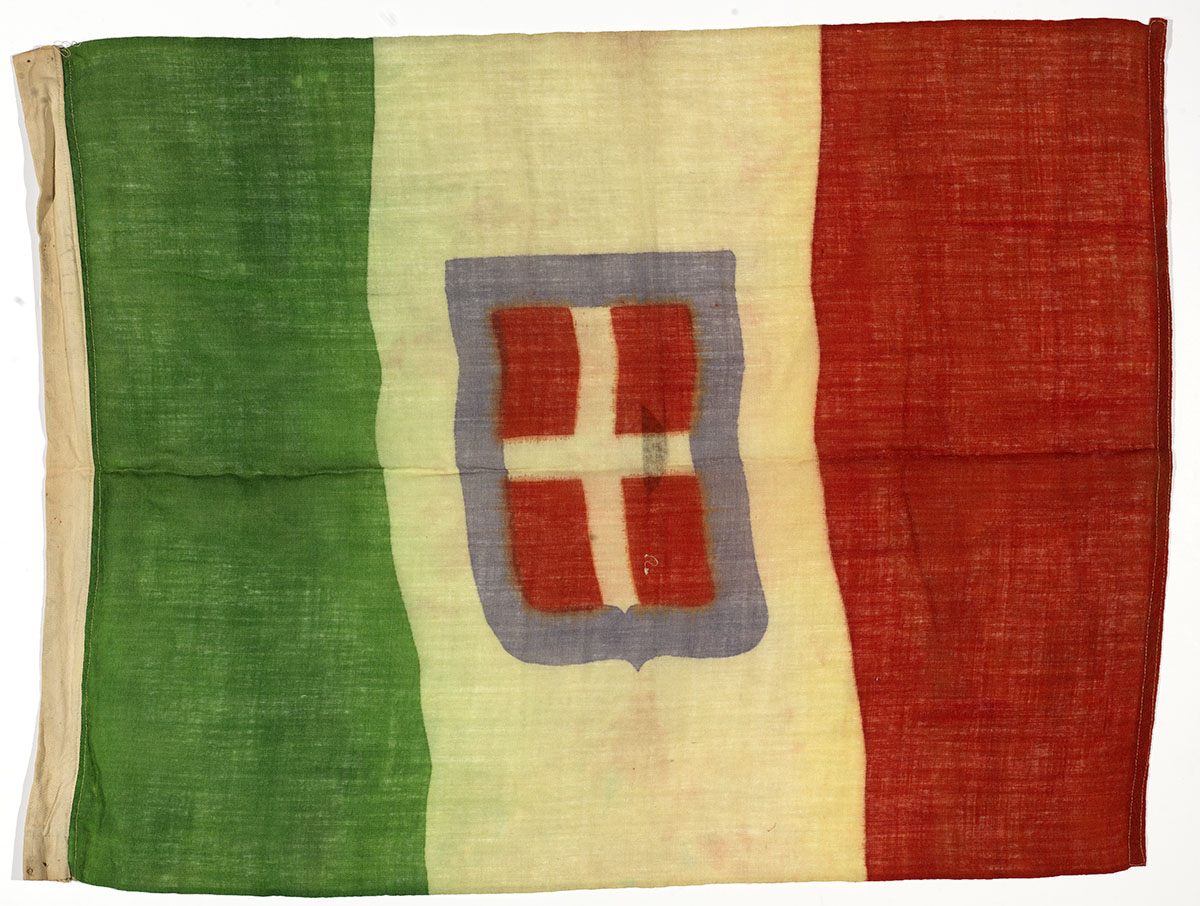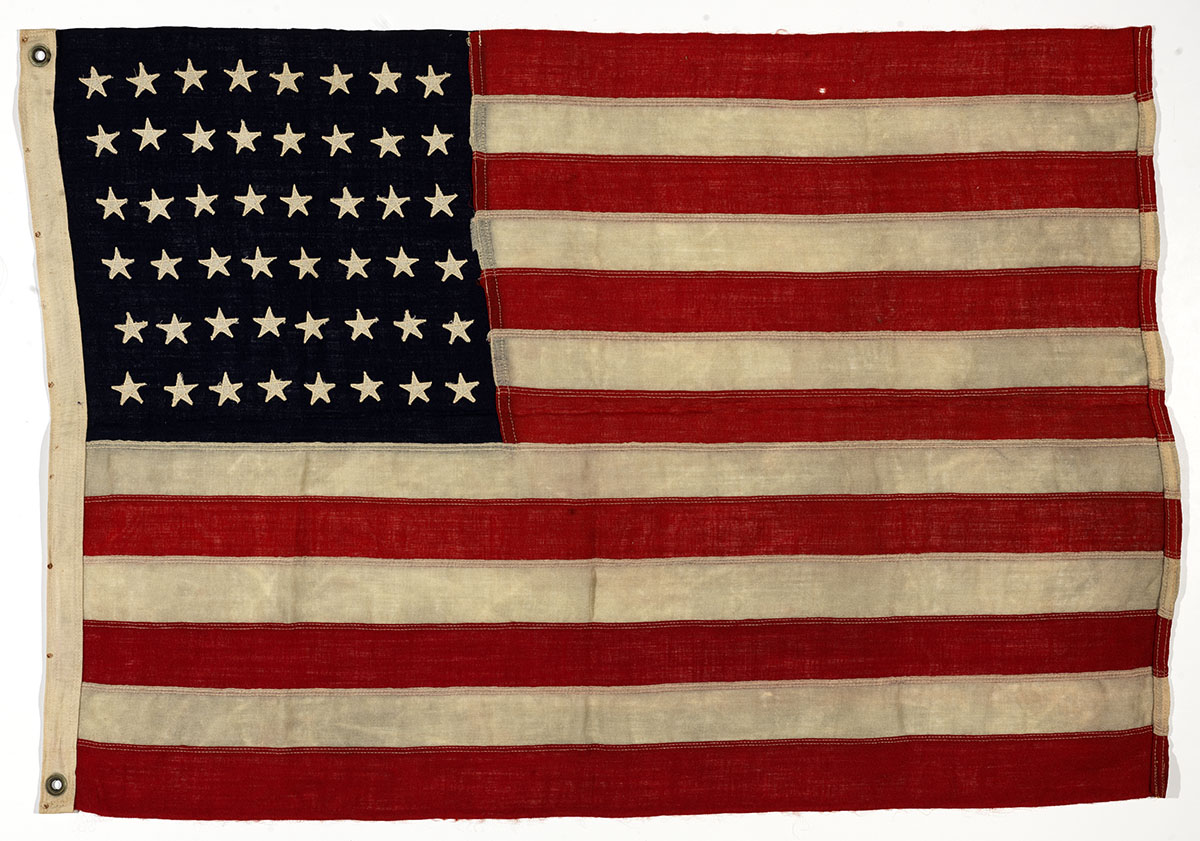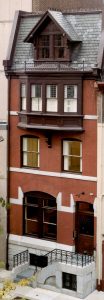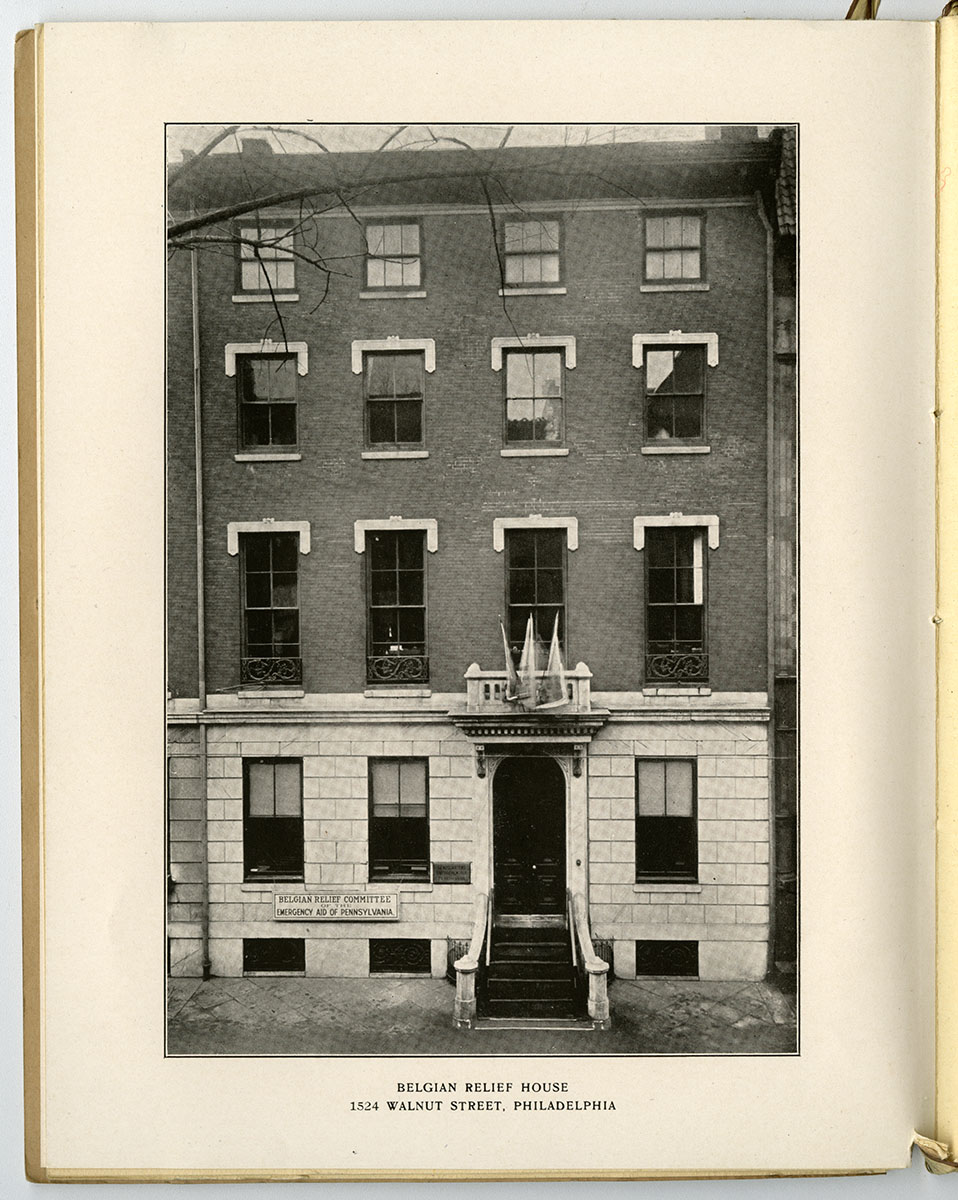A Royal Visit
Section 9
Americans rallied to provide the Belgians with aid after Germany invaded their country on August 4, 1914 causing great suffering to the people. After the war, the King and Queen of Belgium toured across America to honor all of the philanthropic work done on behalf of their nation and express their gratitude. They stopped in Philadelphia to acknowledge those who worked tirelessly to provide help and support.
Emergency Aid of Penna. Loan courtesy of the Historical Society of Pennsylvania.
On October 19, 1914, a group of Philadelphia women decided to create an organization to provide assistance to the people of Europe, which they named Emergency Aid of Pennsylvania. It was comprised of a number of committees each with a specific purpose. The Belgian Relief Committee collected money, clothing, hospital supplies, and other material for the suffering Belgians.
Belgian Self-Sacrifice Day (1915). Loan courtesy of the Historical Society of Pennsylvania.
On February 12, 1915, the Belgian Relief Committee held “Self-Sacrifice Day” where they asked the public to sacrifice their personal pleasure for the day and donate to help Belgium. They raised over $100,000.
King Albert and Queen Elizabeth of Belgium, along with their son Leopold, the Duke of Brabant, traveled to Philadelphia on October 27, 1919. They went to Independence Hall and the headquarters of the Belgian Relief Committee. The Queen had tea at the home of Mabel Brice, while the King and Duke explored the shipyard at Hog Island.
Pierre Goemaere, Across America with the King of the Belgians (New York, 1921).
The Belgian royals toured the United States, thanking the American people for all of their help during the war. King Albert, Queen Elizabeth, and their son Leopold, the Duke of Brabant travelled from New York City to California between September 23 and November 1919. This travel narrative describing their journey was extremely popular with Library Company members. There is even a slip requesting members to promptly return the book in two weeks.
Invitation for Miss Mabel Brice to attend the ceremony at Independence Hall (Philadelphia, 1919). Loan courtesy of the Historical Society of Pennsylvania.
Mabel Brice Wheeler (1873-1965) volunteered in the Belgian Relief Committee. She became chairman of the Packing Committee, which unpacked, sorted, and mailed abroad the clothes donated by Philadelphians. From 1914 to 1920, she was responsible for sending forty-three tons of material overseas. She reported that all the cases arrived “safely and in good order except three cases lost by submarine torpedo and two cases lost by airplane bomb on dock at Calais.” The Queen of Belgium in appreciation visited her home for tea in 1919 and also awarded her a medal. Ms. Brice became a Library Company shareholder in 1933.
American and Allied flags (United States, ca. 1918-19).
These flags decorated Mabel Brice’s home when she hosted the Queen of Belgium for tea. In order from left to right are the flags of: France, the United Kingdom, Belgium, Italy, and the United States of America (with 48 stars).
1320 Locust Street, Philadelphia. Photograph by Becker Winston Architects.
Mabel Brice hosted the Queen of Belgium for tea after her visit to the Belgian Relief Headquarters. The architectural firm of Frank Furness and Allen Evans built the townhouse in 1883 for J. Gardner Cassatt. Ephraim and Mary Brice (Mabel’s parents) purchased the house in 1900. Mabel lived here the rest of her life. The Library Company bought the residence in 1967. It currently serves as a residential research center providing living accommodations and offices for fellows and researchers.
Report of the Belgian Committee of the Emergency Aid of Pennsylvania (Philadelphia, 1920). Loan courtesy of the Historical Society of Pennsylvania.
On October 27, 1919, the Belgian royals visited the Belgian Relief Committee’s headquarters at 1524 Walnut Street, to show appreciation for the Committee’s hard work.


